Four Takeaways From SAP TechEd 2020
SAP annual educational conference has gone online this year because of the pandemic. In case you missed it, here are four key announcements.
SAP One Domain Model to Address Misunderstanding
SAP One Domain Model is a new way of simplifying SAP-to-SAP integration, based on aligned data model.
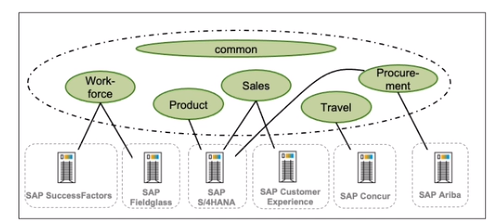 Figure 1: Shared context through SAP One Domain Model across the SAP ecosystem
Figure 1: Shared context through SAP One Domain Model across the SAP ecosystem
Implementing a common denominator across SAP Solutions reduces integration effort, and enables to use the same aligned object definition, to synchronize the data with each other. As an example, if a cost enter is created in a S/4HANA system, that cost center will be automatically accessible in the SuccessFactors system, customers no longer need to implement their own replication or integration solution between SAP solutions, for having the same semantic understanding of a business object.
Support for a first use case is already available for hybrid scenarios. The on-premise version of SAP /4HANA 2020 offers workforce integration of SAP SuccessFactors solutions with SAP S/4HANA, using the aligned SAP One Domain Model for people data and cost center, using the SAP Cloud Platform Master Data Integration service.
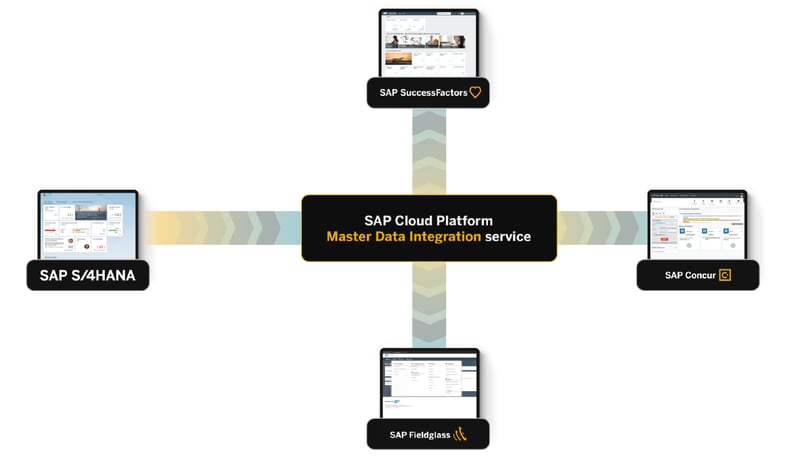 Figure 2: MasterData Integration Service is a central access layer for master data synchronization
Figure 2: MasterData Integration Service is a central access layer for master data synchronization
The SAP Cloud Platform Master Data Integration service facilitates the realization of a consistent view of master data within the SAP intelligent suite across the entire hybrid landscape.
SAP Cloud Platform, ABAP Supports Multitenancy to Help Reduce TCO
As of Q4/2020, the 2011 version of SAP Cloud Platform, ABAP environment supports multitenancy. SAP Cloud Platform ABAP Environment, also know as Steampunk, is not exactly a brand-new offering but has grown up. It allows Customers and Partners to build extensions to on-Premises SAP Systems, by accessing to technology they don’t have yet in their on-prem environments, like SAP HANA capabilities, or ABAP Restful application programming model. Another benefit is to decouple ABAP implementations from the SAP business systems. In other words, keeping the business core “clean” would reduce the risk and adjustment effort, for future business system upgrades.
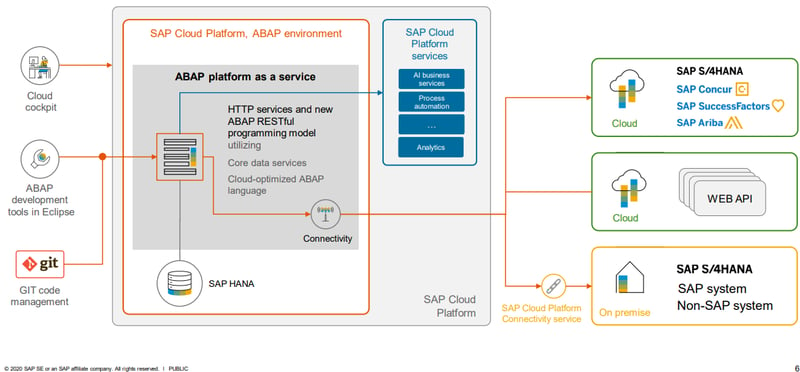 Figure 3: SAP Cloud Platform, ABAP environment (“Steampunk”) Architecture
Figure 3: SAP Cloud Platform, ABAP environment (“Steampunk”) Architecture
The support for multitenancy is a significant step towards the reduction of Total Cost of Ownership (TCO) and ease of administration. Partners can onboard different Customers in one physical ABAP cloud instance, and using the ABAP client field, achieve a clear content separation, to make sure that their customer data is strictly isolated from the other tenants. Customers can even subscribe to their partner’s application directly in the SAP Cloud Platform Cockpit.
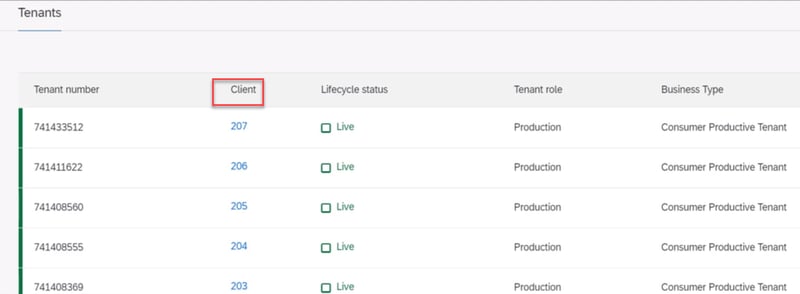 Figure 4 : ABAP client field is used to separate the content of different Customer tenants
Figure 4 : ABAP client field is used to separate the content of different Customer tenants
The New Kid On The Block: SAP Landscape Management Cloud
SAP Landscape Management (or "LaMa") is not a new product. SAP LaMa 3.0 is an established orchestration automation solution that simplifies, automates and centralizes the management of SAP systems running in different infrastructures (on premise, private/public cloud or hybrid). The LaMa software itself is shipped as an add-on to SAP NetWeaver Application Server Java. Common uses cases include:
- Complete coverage of system provisioning activities: (for example, clone, copy, refresh, DB-refresh, application server provisioning, and so on);
- Managing systems and landscapes based on SAP HANA (near-zero downtime activities, automated tenant move, takeover, and failback);
- Managing SAP systems deployed in the public cloud through Cloud Adapters ( VM resize, VM provisioning and deprovisioning).
This is all and well. But the trend being to move SAP systems to the Public Cloud, what if I wanted to get an SAP system-centric view on my IaaS costs, instead of a resource-centric view ? Or, what If I wanted to automatically and gracefully stop and start SAP application servers VM in IaaS, based on workload or availability patterns ? Also, is there a way to get a cost forecast by simulating those patterns?
To address those IaaS specific considerations, SAP Landscape Management Cloud is planned for availability in January 2021.
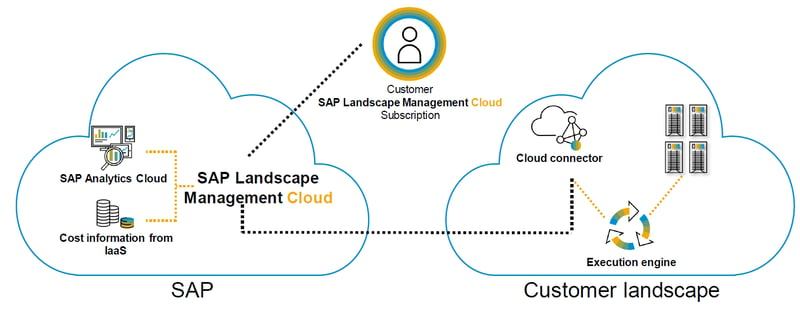 Figure 5 : Lab Preview of SAP Landscape Management Cloud architecture ( The solution is still under development)
Figure 5 : Lab Preview of SAP Landscape Management Cloud architecture ( The solution is still under development)
Any SAP Customer could subscribe to SAP LaMa Cloud , and will get its own tenant. This tenant includes an embedded SAP Analytics Cloud which will get cost information from the IaaS though APIs calls. In the Customer Landscape running on the Cloud Provider, either an execution engine or an SAP LaMa system will stop and start the Virtual Machines and also the SAP systems.
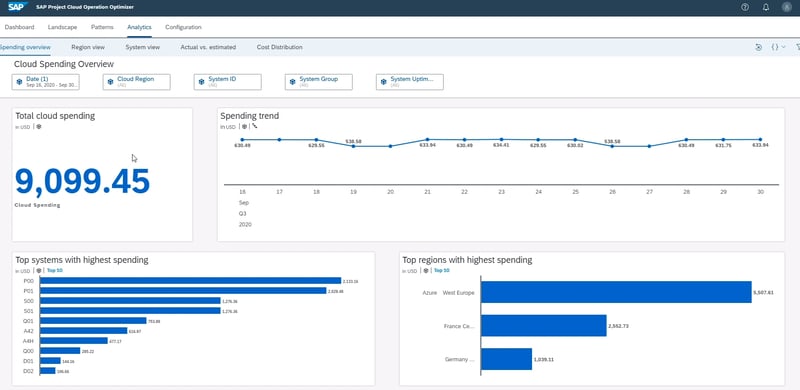 Figure 6 : Lab Preview of SAP Landscape Management Cloud Spending Analytics
Figure 6 : Lab Preview of SAP Landscape Management Cloud Spending Analytics
With embedded SAP Analytic Cloud capabilities, SAP Landscape Management Cloud provides insights to let you keep track of system usage, compare the target and actual cost information for improved budget planning, and create the cloud usage model that best suits your business.
SAP RPA 2.0 Is Here to Take Robot Out of Humans
RPA has existed for years and is here to stay. With SAP Teched 2020, SAP RPA 2.0 has been launched. But, what is RPA? SAP Intelligent Robotic Process Automation is a complete automation Suite, where software robots are designed to mimic humans by replacing manual clicks and automatically replicating tedious actions that have no added value.
So, what’s new with SAP RPA 2.0 ?
- The entry barrier has been lowered by allowing business users without formal programming skills (aka Citizen Developers) to use low-code or no-code options to develop their own bot without writing a single line of code;
- The design time has fully been moved into the cloud, Cloud Studio runs fully into the browser;
- One recorder to rule them all: end-users would be able to record the complete end-to-end business flow and transfer that into their RPA bot;
- The content store will have around 130 pre-built bots across S/4HANA, ECC, SuccessFactors, Ariba, …
 Figure 7 : SAP Intelligent RPA Store with pre-built bot templates
Figure 7 : SAP Intelligent RPA Store with pre-built bot templates
![]() Figure 8 : Sneak Preview of the RPA recorder tracking complex SAP screen
Figure 8 : Sneak Preview of the RPA recorder tracking complex SAP screen
If you would like more information regarding SAP solutions, don't hesitate to contact us!






